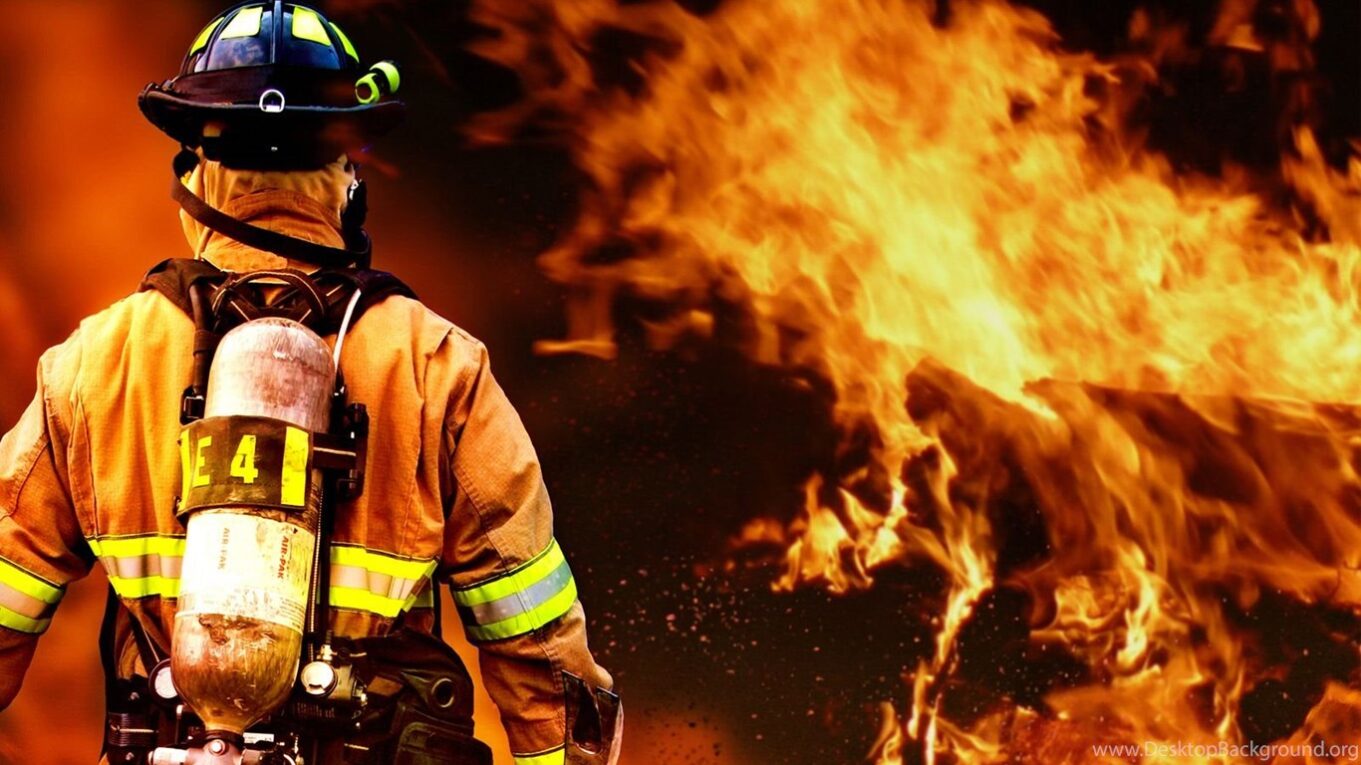The International Space Station (ISS) serves as a unique laboratory for scientists to conduct research on various phenomena, including combustion and fire safety. These studies aim to provide insights into how fires spread and behave in different environments, as well as develop effective prevention and extinguishing techniques for space missions. Furthermore, the findings from these investigations also have implications for fire safety on Earth and can contribute to advancements in energy production and transportation.
The microgravity environment of the ISS offers a distinct setting for studying combustion. On Earth, flames have a characteristic shape and flickering effect due to the upward movement of hot gases and the pull of gravity on cooler, denser air. However, in microgravity, this flow is disrupted, resulting in low-momentum flames that are round or even spherical in shape. The absence of buoyancy in microgravity allows researchers to gain a better understanding of specific flame behaviors by eliminating the influence of gravity.
NASA’s Glenn Research Center has developed and operates the Combustion Integrated Rack (CIR) on the ISS, which provides a secure and controlled environment for a wide range of combustion experiments. The CIR consists of various chamber inserts that facilitate different investigations, including the Multi-user Droplet Combustion Apparatus, Advanced Combustion via Microgravity Experiments (ACME) insert, and Solid Fuel Ignition and Extinction—Growth and Extinction Limit (SoFIE) chamber.
One notable investigation conducted using the CIR is the FLame Extinguishment Experiments (FLEX), which analyzed the effectiveness of fire suppressants. This study led to the discovery of “cool flames” that continue to burn under certain conditions, even after the visible flame has been extinguished. Cool flames produce different byproducts, such as carbon monoxide and formaldehyde, compared to typical flames that produce carbon dioxide and water. Understanding the behavior of these chemically different flames could contribute to the development of more efficient and less polluting vehicles. The extended burn time of cool flames in microgravity allows scientists to study them in more detail.
Another experiment, FLEX-2, investigated the burning rate of fuel droplets, conditions required for soot formation, and the evaporation process of liquid fuels before combustion. The results of this study have the potential to enhance the safety of future spacecraft and increase fuel efficiency for engines that use liquid fuels on Earth.
The ACME insert consists of six independent studies aimed at examining fuel efficiency, pollutant production, and materials flammability in combustion processes. One investigation within ACME, called Flame Design, focused on quantifying the production of soot under different flame conditions. Soot, the carbon residue left when carbon-containing materials do not fully burn, has both environmental and health implications but is desirable for specific purposes. The findings from this study could guide the design of flames with more or less soot, depending on particular requirements, and potentially lead to more efficient and environmentally friendly fuel-burning designs.
Another aspect of ACME, the Burning Rate Emulator (BRE), simulated the flammability of solid and liquid materials by burning gaseous fuels under controlled conditions. Through the analysis of 59 BRE burn tests, researchers gathered valuable data on parameters such as heat flow, flame size, and fuel mixture flow effects. These findings contribute to a better understanding of materials flammability and the efficacy of current flammability testing methods in microgravity.
The Burning and Suppression of Solids (BASS) investigation focused on extinguishing fuels burning in microgravity. Extinguishing fires in space requires considering flame geometry, material characteristics, and appropriate suppression methods, as techniques used on Earth may not be effective or could even worsen the situation. BASS-II examined the characteristics of various fuel samples and their behavior in both microgravity and normal gravity. The results shed light on differences in flame spread and fuel regression and allowed for a comparison of flame spread rates.
The SoFIE-GEL investigation delved into the influence of fuel temperature on material flammability. The observed experimental data aligned with trends predicted by models, offering valuable insights into the relationship between fuel temperature and flammability. This investigation tested different fuel configurations, including flat sheets, thick slabs, cylinders, and spheres.
To test larger fires without endangering crew members, the Saffire series of experiments were conducted aboard uncrewed Cygnus cargo spacecraft after they departed the ISS. These experiments provide valuable information on flame spread in microgravity and help establish the rate of heat release in a spacecraft. Results from Saffire demonstrated that reducing pressure slows down the spread of flames, contributing to improved fire safety measures.
Another investigation, Confined Combustion, sponsored by the ISS National Lab, focused on studying flame spread in confined spaces of various shapes. The confinement of fires affects their characteristics and hazards. Researchers reported specific interactions between flames and surrounding walls, as well as the ultimate fate of the flame, such as growth or extinction. These findings have practical implications for designing structures, crafting fire safety codes, and formulating response strategies both in space and on Earth. Additionally, the study suggests that confinement can either enhance or reduce solid fuel flammability depending on specific conditions.
The FLARE investigation, sponsored by the Japan Aerospace Exploration Agency (JAXA), evaluates the flammability of materials in microgravity. The results have the potential to significantly improve fire safety protocols for future missions.
The comprehensive research conducted on combustion and fire safety in space is not only crucial for ensuring the well-being of astronauts and the integrity of equipment and spacecraft but also has broader applications on Earth. The knowledge gained from these studies can lead to more efficient combustion processes that reduce pollutant emissions and provide insights into enhancing the flames used for heating and transportation purposes.

